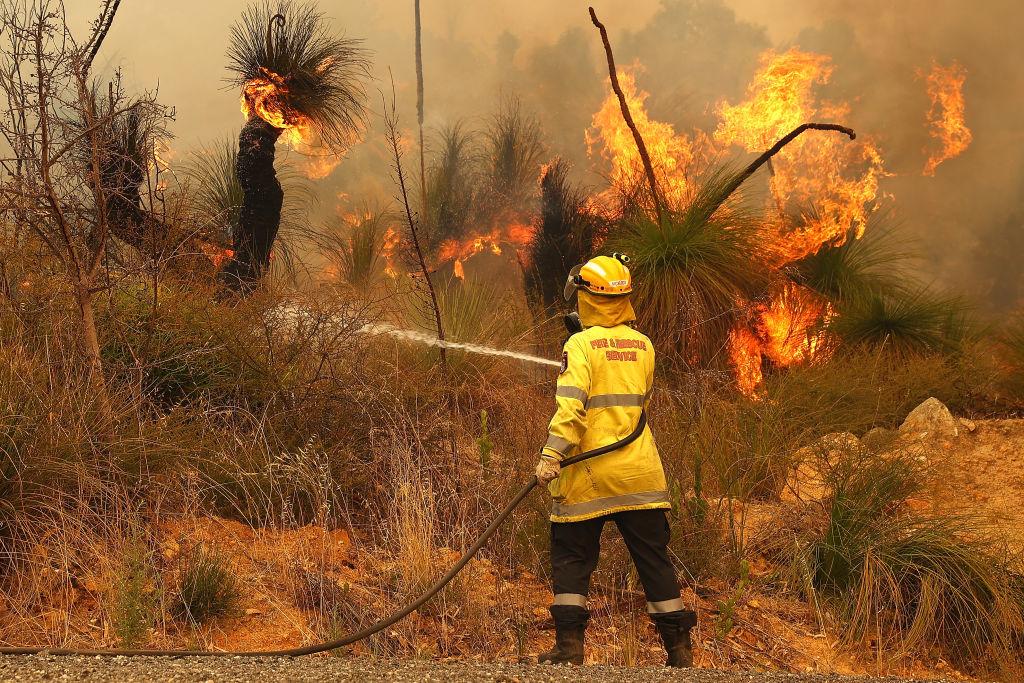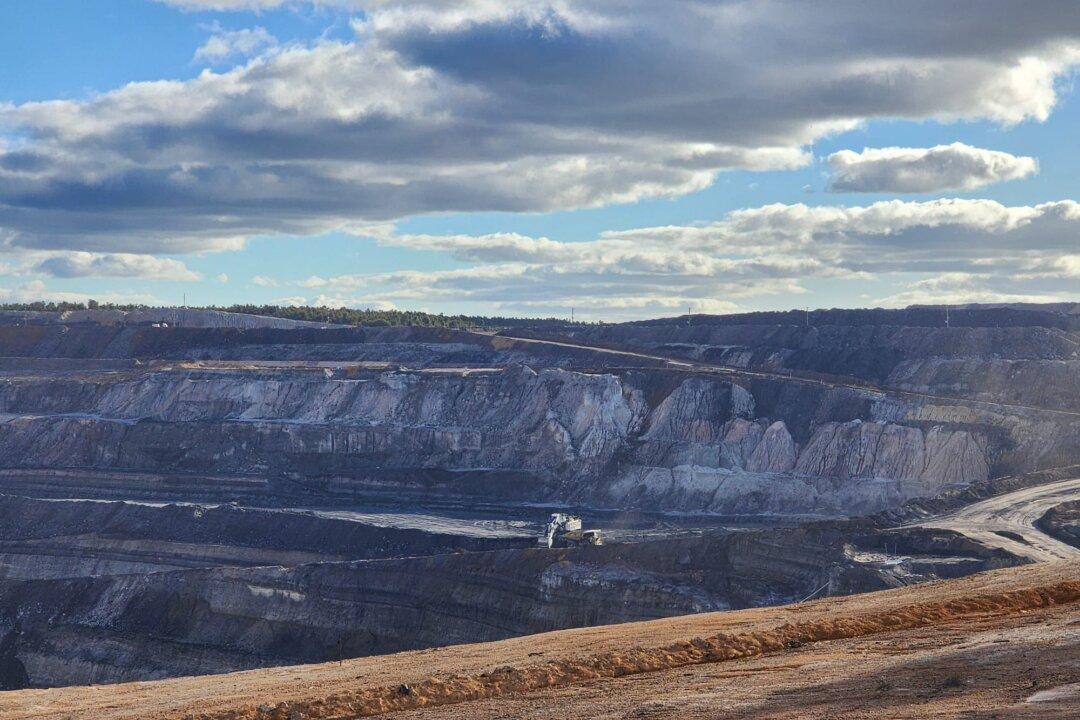The Bureau of Meteorology (BoM) officially declared on Sept. 19 that the El Niño weather event and a positive Indian Ocean Dipole (IOD) are underway, indicating warmer and drier conditions most likely to occur for two-thirds of Australia during this Spring and Summer, raising bushfire dangers.
Karl Braganza, BoM’s climate manager, said both El Niño and a positive Indian Ocean Dipole (IOD) tend to draw rain away from Australia.




